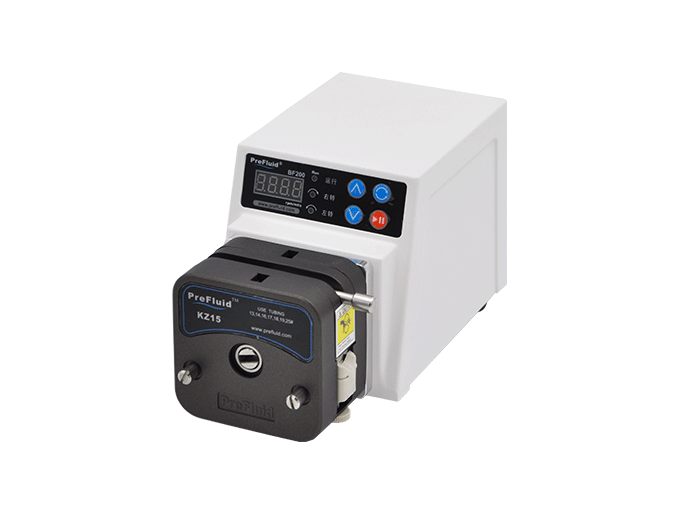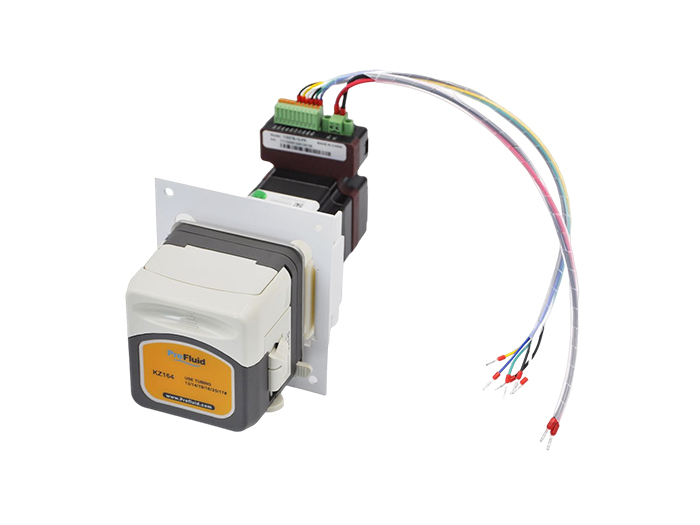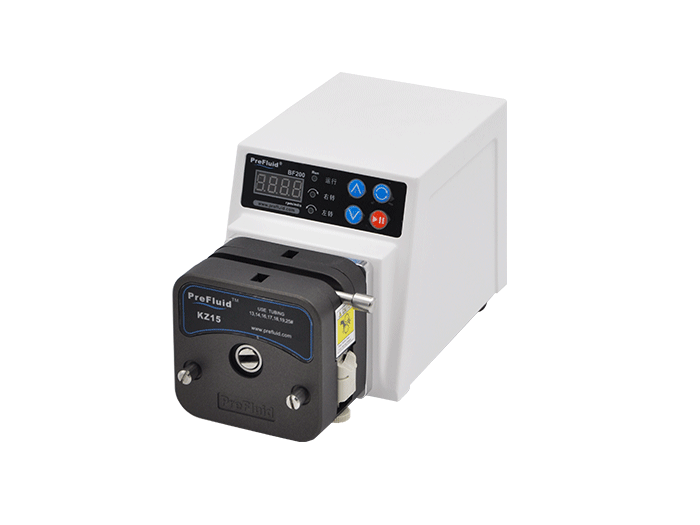In modern laboratories, the use of instruments and equipment is often the key to the experimental work. Titration peristaltic pump is a common tool in laboratory, it can play a key role in a variety of chemical experiments. Next, we will introduce the principle, characteristics and application of laboratory titration peristaltic pump in detail.
In modern laboratories, the use of instruments and equipment is often the key to the experimental work. Titration peristaltic pump is a common tool in laboratory, it can play a key role in a variety of chemical experiments. Next, we will introduce the principle, characteristics and application of laboratory titration peristaltic pump in detail.
I. Principle
Titration peristaltic pump, also known as the hose pump, its principle is to push the fluid through pressure, under the action of circulation of compression and tension, so that the fluid in the hose along the direction of the pipe flow. The working process of titrating peristaltic pump includes several steps of repeated compression and extension. When the compression part of the pump compresses the hose, fluid flows out of one end of the tube. When the compression part becomes relaxed, the hose is restored to its original state, and the compression part is further forward, so as to inhale the next liquid. The whole process is very continuous and accurate.
Ii. Characteristics
1. High precision: the traditional manual titration method is prone to error, and the titration peristaltic pump through intelligent control, so that each titration has a higher accuracy.
2. Experiment automation: it can realize repeated titration many times, eliminating the process of repeated labor, so as to realize the experiment automation.
3. Good stability: compared with the traditional manual titration method, titration peristaltic pump can greatly reduce the error, to ensure the accuracy, repeatability and stability of the experiment.
Iii. Application
Widely used in chemistry, biology, environment, medicine and other fields of laboratory research work. For example, it can quantitatively and accurately measure the added samples or reagents in the process of experimental measurement to ensure the accuracy of the results. At the same time, it can automatically control the experimental process to save time and energy.


